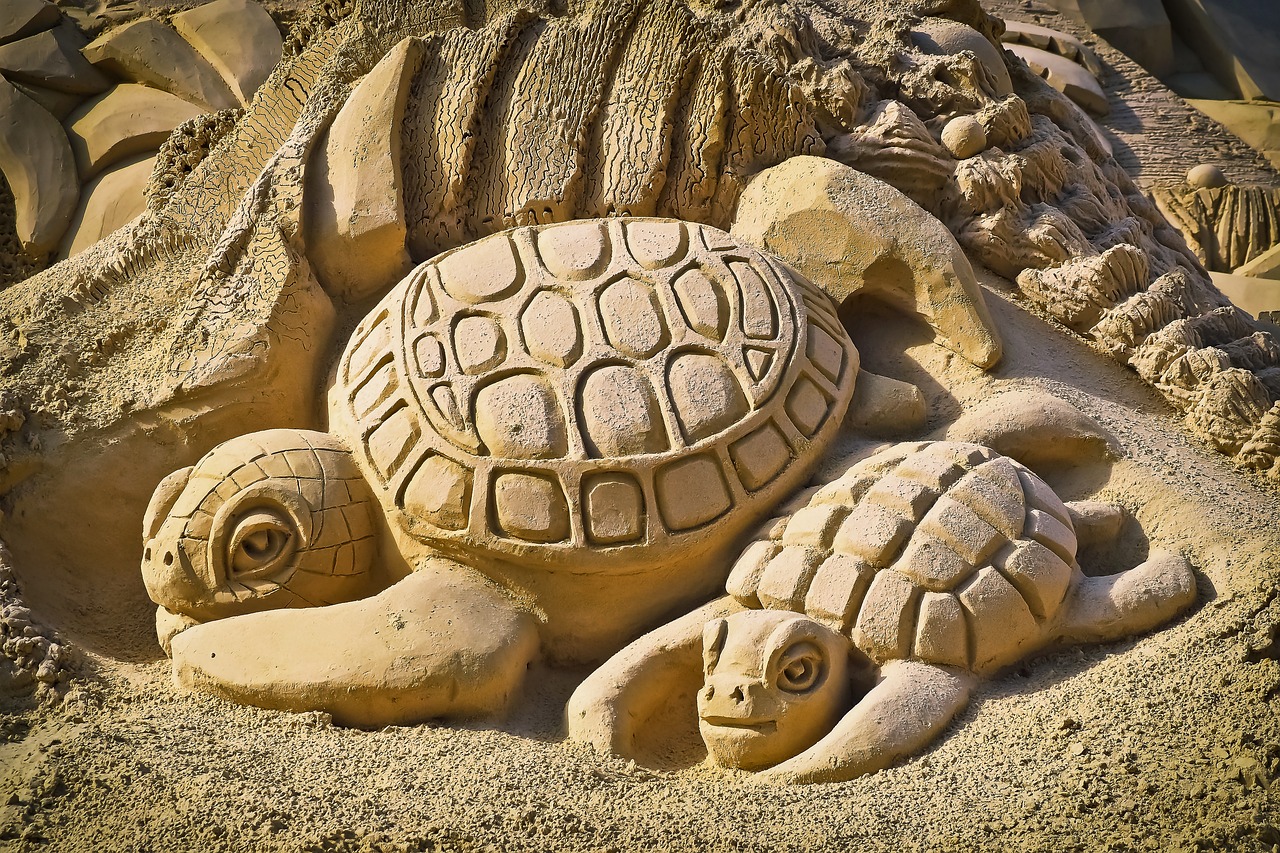The “Rape of Proserpina” (Ratto di Proserpina) is an impressive marble sculpture group in the Baroque tradition, crafted by the Italian artist Gian Lorenzo Bernini between 1621 and 1622, when he was merely twenty-three years old. This work illustrates the abduction of Proserpina, the daughter of Ceres, by Pluto, the god of the underworld.
Origin and History
Commissioned by Cardinal Scipione Borghese, potentially as a tribute to his uncle, Pope Paul V, who passed away in 1621, the sculpture sought to represent the dramatic tale of Proserpina’s abduction. Bernini received a total of three payments, amounting to at least 450 Roman scudi for his labor. He began crafting this piece in 1621, completing it the following year. Shortly thereafter, in 1622, Scipione gifted it to Cardinal Ludovisi, who placed it in his villa. Eventually, the Italian state acquired the sculpture, leading to its return to the Villa Borghese in 1908.
Mythical Context
Within Roman mythology, Proserpine is identified as the offspring of Ceres, the fertility goddess, and Jupiter, the deity of the heavens and thunder. One day, while gathering flowers with her companions, Proserpine caught the eye of Pluto, the god of the underworld, who became infatuated with her. In a dramatic act, Pluto abducted Proserpine, riding off in a chariot drawn by four black horses. Ceres, upon hearing her daughter’s cries, hurried to her aid but was too late. In her grief, Ceres searched far and wide but soon discovered that Pluto had taken Proserpine. Enraged, she cursed the land, leading to barren fields and failed crops. Jupiter, observing the devastation from above, decided to intervene, and they ultimately reached a compromise: Proserpine would divide her time between the underworld and the surface world with Ceres. Hence, during Proserpine’s absence, Ceres mourned, resulting in winter, while the arrival of spring brought life back to the earth upon their reunion.
Artistic Description
The sculpture captures vivid emotions and expressive facial features. Proserpine resists Pluto’s passionate grasp, while Pluto’s athletic and muscular frame is emphasized through his thick beard and untamed hair. Bernini noted that working with marble felt akin to molding wax, which facilitated his artistic vision. Although Proserpine appears diminutive in comparison to Pluto, the proportions are meticulously balanced, enhancing the sculpture’s overall harmony.
The powerful hands of Pluto are depicted with beauty and strength as they delicately clasp Proserpine. Every muscle and fold in Pluto’s body is meticulously crafted, showcasing Bernini’s unparalleled skill. The expression on Pluto’s face embodies authority tinged with surprise, complemented by a subtle smile. Proserpine, strong and beautiful in her own right, exudes resistance; her tears appear frozen on her face, exemplifying her profound despair.
Architect and Artist
Gian Lorenzo Bernini was not only an accomplished sculptor but also a prominent architect and urban planner. He designed various architectural works, including churches, chapels, public squares, intricate fountains, and substantial funerary monuments, as well as temporary structures in materials like stucco and wood for notable events and commemorations.



